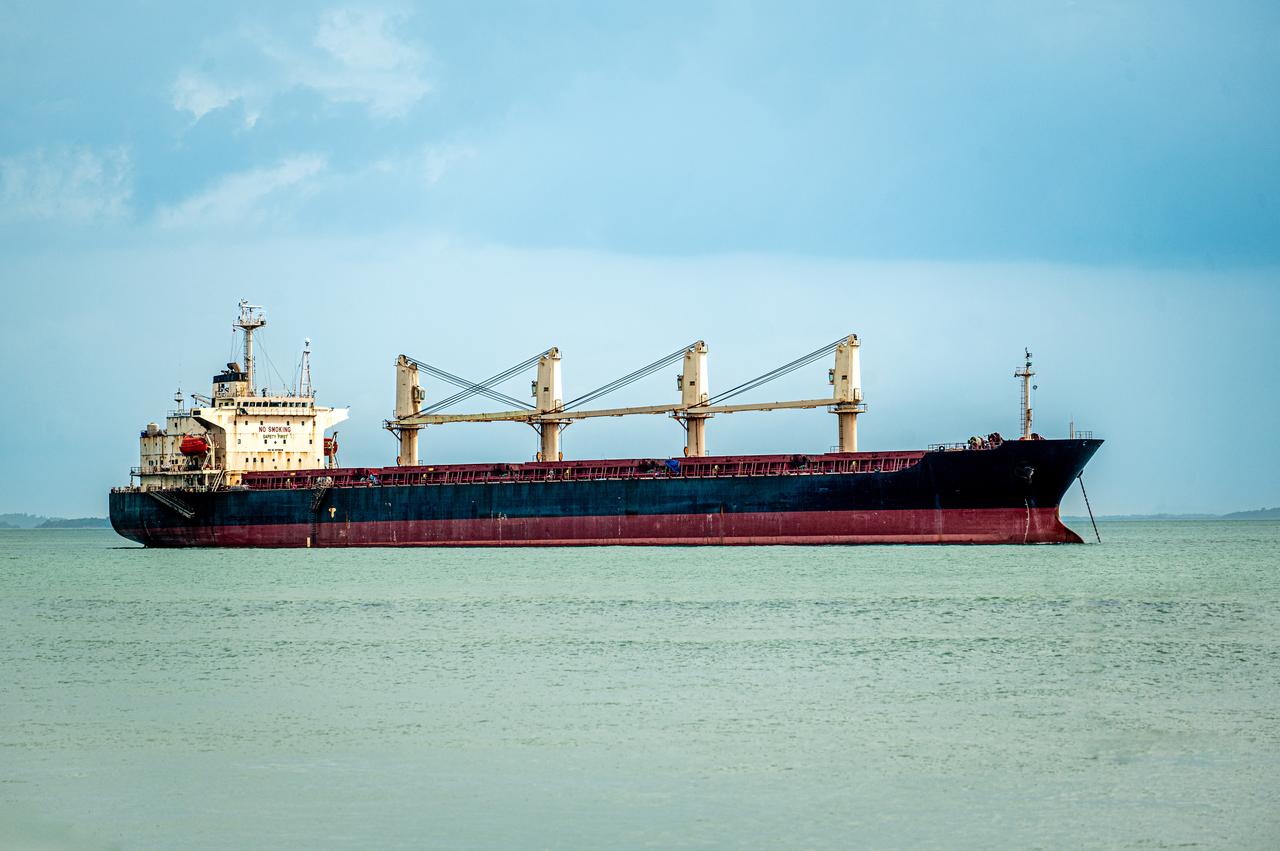
Oil prices extended gains on Monday as Israel and Iran pounded each other with missiles for a fourth consecutive day and threatened further attacks, raising fears of a prolonged conflict that could disrupt global energy supplies. Reports that Iran may move to close the Strait of Hormuz have further intensified market volatility.
Both major oil benchmarks, Brent and West Texas Intermediate (WTI), rose more than 1% in early Asian trading, with Brent crude climbing above $75 per barrel for the August contract.
Gold, often seen as a safe haven in periods of uncertainty and volatility, also gained sharply, reaching around $3,450 per ounce, approaching its all-time high of $3,500.
Crude prices had already surged following Israel’s surprise missile strikes on Iranian military and nuclear sites on Friday, which reportedly killed several high-ranking commanders and scientists. At one point, crude prices jumped by as much as 13% amid heightened concerns over regional supply disruptions.
As the confrontation between the two countries deepens, Iranian officials are reportedly considering a drastic measure: blocking the Strait of Hormuz, a critical maritime chokepoint linking the Persian Gulf to international energy markets.
According to Iran’s state-run Press TV, parliamentarian Esmaeil Kowsari stated that Tehran is weighing the option, warning that over 17 million barrels of oil pass through the strait each day. Closing it could have immediate and severe consequences for global energy flows.

The Strait of Hormuz connects oil and liquefied natural gas (LNG) production hubs in the Persian Gulf to the Gulf of Oman and beyond. Each day, between 17 million and 20 million barrels of crude oil and condensate transit through the strait, making it a vital artery for nearly one-third of global oil trade.
Approximately 70% of these shipments are directed toward Asia, with China, Japan, India, and South Korea as the primary importers. Other nations such as Singapore, Thailand, Pakistan, and the Philippines also heavily rely on these flows.
In parallel, nearly all LNG exports from Qatar and the United Arab Emirates move through the same waterway. The strait handles about 20% of global LNG trade, with Europe standing out as a key customer of these deliveries.
Any disruption in the strait is expected to exert upward pressure on global oil and gas prices, given the concentration of energy transport through this narrow corridor.

Despite market anxiety, international energy agencies have sought to ease fears. The International Energy Agency (IEA) stated on Friday that global oil supplies remain robust. The agency noted that its member countries collectively hold more than 1.2 billion barrels in public emergency stocks, in addition to 580 million barrels maintained by industry players under government directives.
The IEA emphasized that its emergency response system is designed to address sudden supply shortfalls.
However, U.S.-based investment bank JPMorgan warned that oil prices could climb to $130 per barrel if tensions escalate further.